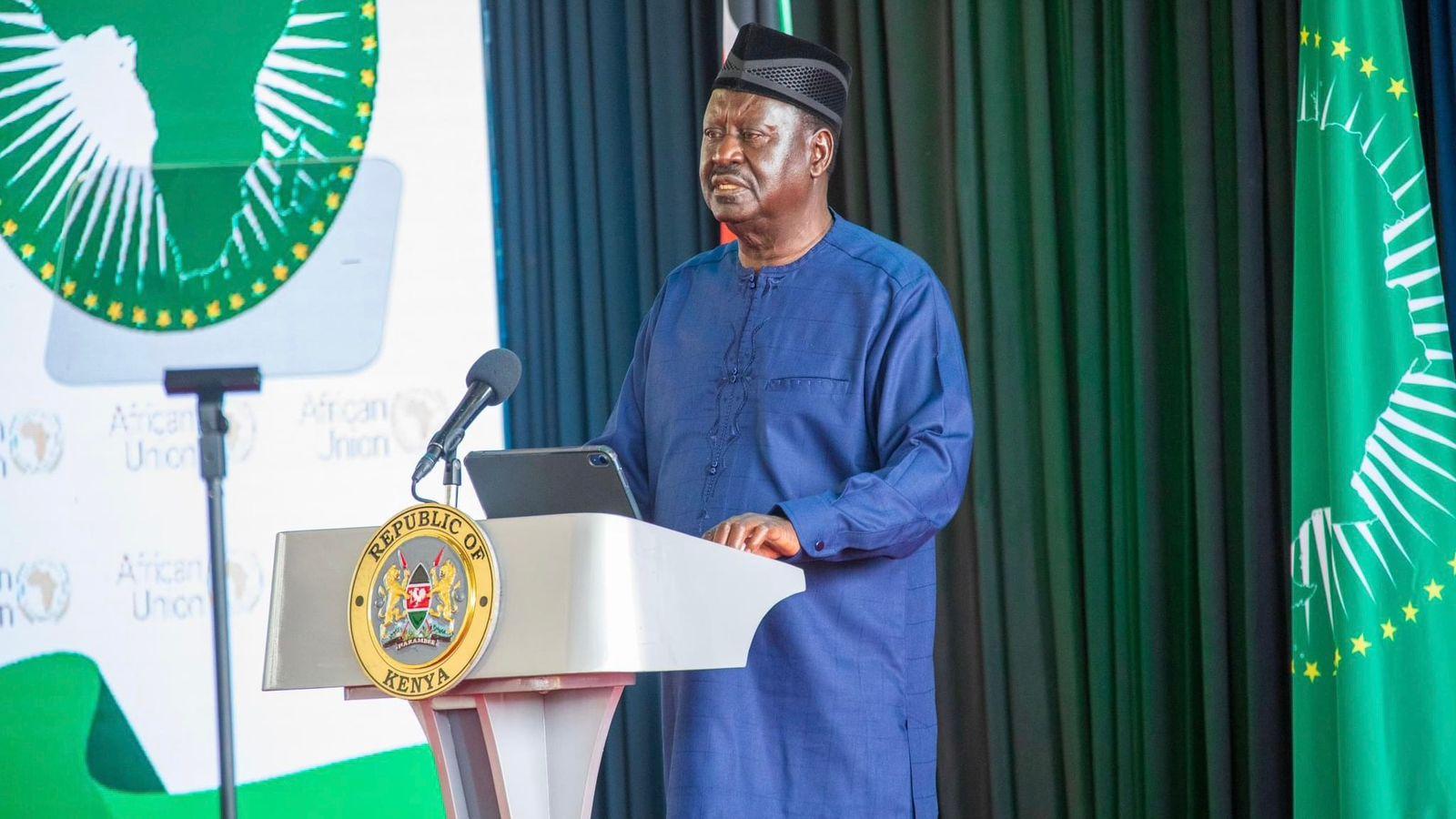Kenya stands as one of the countries with a diverse energy sector owing to the availability of resources as well as enabling policy framework.
Unlike some countries where government is largely or fully responsible for energy development, Kenya allows for private sector involvement.
This is clear from the 2000’s when the nation faced power rationing.
The Independent Power Producers came to the rescue and in record time drove the country back to lit-up days.
Over the years, changes in the policy framework have happened to ensure sustainable growth of the sector, more so to exploit our renewable resources.
It is no mean fete that over 90 per cent of our national generation is from renewable resources, something that has earned us global recognition as one of the most green grids in the world.
There is so much to celebrate in this sector. However, this has not been without some mishaps and what I would term, miscommunication.
IPPs have over the last decade been branded the face of expensive power in Kenya.
With minimal or biased comparison, they have carried this title gracefully, yet still done their part in supporting the grid and lighting up the country.
Two governments now have set up commissions of enquiry but it is clear there is an agenda to keep painting IPPs as the devil.
It is however encouraging to see Kenyans and some legislators question the details of this narrative and care to see the truth behind it.
It is good to see many Kenyans learn that the cheapest geothermal power plant on our grid today is by an IPP.
That the famous comparison of KenGen versua IPPs is a well-crafted manipulation aimed at bedeviling one party.
It is a relief to see Kenyans move past this old narrative and care to learn the truth about IPPs.
As an entrant to the sector and a communication specialist, I must take it that the sector has information that many would consider complex or a lot, a catalyst for misinformation and rumors.
This can be said to be what fed the narrative against IPPs.
However, we’ve seen deliberate efforts being made by sector players including the regulator by the publishing of regular reports, Kenya Power running digital campaigns to curb misinformation and IPPs through ESAK, hosting knowledge sharing and demystifying series online.
This is a step in the right direction. The people need to know more.
Other than saving the country from the then blackouts, or playing the villain in the story of cost of power, IPPs are among the country’s biggest foreign direct investments (FDI) inlet.
IPPs in Kenya have so far contributed circa Sh300 billion in terms FDI and hundreds of billion in taxes.
Need I say what this translates to in reference to economic growth and GDP, not to mention the availability of dollars in the market? One will ask, where is all that money and I can’t see or feel it’s effect?”.
The fact that your device is on allowing you to read this is your answer.
The Sh300 billion investment allows the government to direct funds to other essential services of the country such as education, health and roads.
In essence, IPPs ensure that the government has no worries about raising Sh20 billion for a solar project since an IPP can do it.
The Sh20 billion can then go to ensuring piped water to residents in Ruiru or even schools in Marsabit.
The Sh300 billion also translates to almost the same amount needed to run the 47 counties for one year.
All this without adding to the national debt burden and taxation.
The Energy Act of 2019 envisions a more liberalized energy market whereby private companies will have a say in distribution, transmission and retail of electricity.
This is a good thing in the long run seeing that opening the market to competition will result in alternatives and likely cheaper power for the end consumer.
Power producers will compete for generation at the best market price which is good for the consumer.
IPPs have also helped government reassign risk. The 38 per cent power generation by IPPs is not a direct government risk but one shared with private investors.
Over 70 per cent of Kenya’s power plants run by IPP’s operate on renewable energy sources.
When it comes to driving sustainable energy future, IPPs are at the forefront not to mention, leaders in efficient technologies.
This is seen in the evolving and improved technologies, increased EPC activities and product manufacturers who sell to IPPs.
The sector remains one of the most regulated sectors with thorough planning, and experts working on today’s problems and future projections.
Many tend to focus on the period aspect of the PPAs and fail to consider the measures and penalties set for the IPP in case they fail to deliver on their part.
The PPAs hold IPPs to a strict working ethos, defining their profits even before construction, assigning them risk as well as holding them accountable through constant monitoring.
IPPs continue to operate within the rules of the PPAs. As such, I would be confident in saying IPPs are reliable and can be trusted to deliver more power to this country.
They should be utilised as the law is there to protect the country’s interests and explore the RE potential.
The author is the Head of Programmes & Communications, Electricity Sector Association of Kenya.











